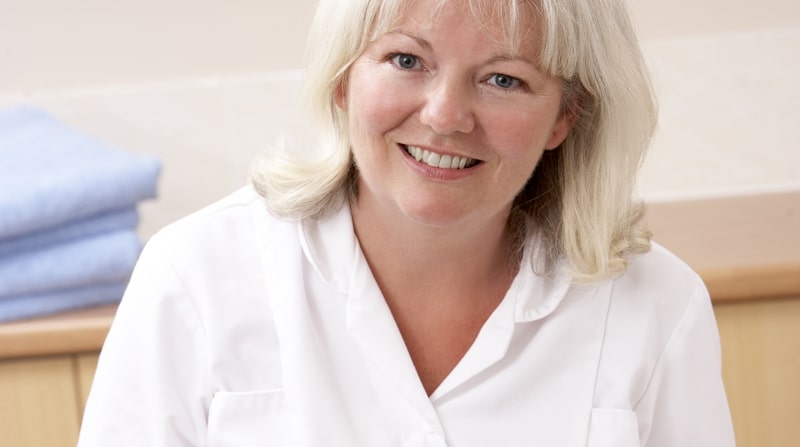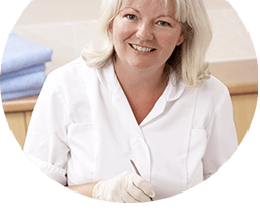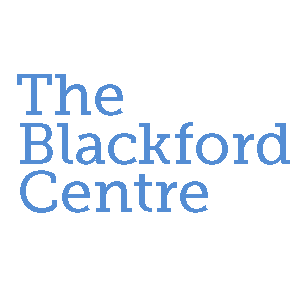Course Syllabus
- Introduction
- The role of the foot. Foot types.
- Types of foot practitioner. Doctor, surgeon. Podiatrist, Foot health practitioner.
- Types of problem.
- Types of patient: athletes, the elderly, pregnant women.
- Good and bad shoes. The making of a shoe.
- The anatomy and physiology of the leg and foot
- Foot arches
- Fractures
- Muscles, tissues, cartilage, ligaments, tendons
- Movement and articulation. Gait.
- Stance and posture
- Skin, hair and nails: the integumentary system.
- The most common foot issues and how to treat them. Who gets them. What causes them. How to recognise them and treat them.
- Shoe problems. Insoles. Foot support
- Toenail cutting. How to cut professionally.
- Ingrowing toenails leading to bacterial nail infections (paronychia). Nail cutting. Lifestyle changes.
- Blisters. Causes. Padding and cushions. Foot Cushions & Pads. Moleskin. Foot Supports. Heel Cups. Orthotic Insoles. Shoe Pads. Toe Caps. Advice to the client.
- Bunions and toe deformities. Hammertoe. Causes. Toe straightening. Braces, splints. Footwear. Surgery.
- Corns & Calluses. Cushions and ointments. Callus debridement. Removal of hard skin. Using a rotary drill with burr. Redistribute pressure with padding or strapping. Corrective appliances in the shoe.
- Chilblains. Circulation. Recommended lotions.
- Cracks and fissures. Crack & Fissure Treatments. Moisturisers. Softening and debriding agents. Heel balms. Bandaging. Liquid, gel and conventional plasters and bandages and how to use them. Tissue glue.
- More foot problems
- Gout. Uric acid. Pain in the big toe. Lifestyle changes. Footwear.
- Heel pain. Types of heel pain. Lifestyle changes. Other solutions.
- Yeast infections. Athletes foot. Medication. Anti fungal creams and sprays. Applying medications: antiseptics, styptics and creams. Advice to the client.
- Fungal infection of the nail. Onychomycosis. Topical treatments.
- Osteoarthritis. Exercise. Lifestyle changes. Referral to the GP for painkillers or steroids.
- Sweaty Feet. Foot odour treatment and remedies. Feet and shoe deodorants, antiperspirants. Lifestyle changes. Referral to the GP
- Verrucae. Lifestyle changes. Ointments and gels.
- Plantar fasciitis.
- Plantar warts.
- Swollen feet and ankles. Causes. Referral.
- Other conditions you may encounter, and their treatment
- Varicose veins
- Raynauds syndrome
- Lymphedema
- Hepatitis C. Swelling
- Arterial ulcers of the ankle. Atherosclerosis.
- Discolouration of the ankle or foot. Impaired venous drainage.
- Pressure sores from immobility.
- AIDS. Insensitivity, numbness.
- Rheumatoid Arthritis. Immune system failure. Referral to the GP.
- Diabetes. Loss of feeling. Sepsis. Control of blood glucose.
- Rashes.
- Wounds.
- Wart removal
- Feet washing
- Cleanliness and personal hygiene. Bacteriology and cross infection.
- Gloves. Face mask.
- Disinfection and sterilisation. Sterilisation – definition and methods. Autoclave.
- Footcare instruments.
- Stools for client and practitioner.
- Self-presentation. Uniform.
- How to diagnose.
- Keeping client records
- When and how to refer
- Where to buy supplies and equipment, and save money.
- Posture, health and safety. Lone working. Risk assessment.
- Your peripatetic kit and bag.
- The different types of practice.
- Working from home.
- Peripatetic – domestic. Mobile foot clinic.
- Peripatetic – commercial. Getting to clients. Your vehicle.
- Clinic-based. Treatment room. How to set up as clinic. Joint practice.
- Employee. How to get a job.
- Continuing professional development. Routes into higher and other roles.
- Welcoming the patient. Positioning the patient. Questioning the patient. What, where, how long, how painful?
- Physical examination. The Blackford FEET methodology: Find out, Examination, Evaluation and Treatment.
- Other types of examination: x-ray, MRI, ultrasound
- Programmes of treatment – prevention, maintenance and support
- Getting to clients. Your vehicle.
- Ethics
- Professional bodies.
- Financial and legal requirements
- Understanding your costs.
- Book keeping.
- Paying bills.
- Paying tax
- Types of business structure
- Business bank account
- Insurance
- Staffing
- Marketing your own practice
- Local advertising
- Networking
- Your website. Online advertising.
- Gaining repeat business
- Additional services. Massage treatments. Foot spa. Reflexology.
How the modules work
Module 1 is a broad overview about foot problems – who gets foot problems, what they are, and what causes them.
In Module 2 we examine the bones, muscles, nails and skin that make up the foot.
Modules 3, 4 and 5 look in more details at the problems that feet cause, and how to treat them. We start with the simple and everyday problems, and gradually move to the less common or more complex ones.
In Modules 6 and 7 we explore how to work as a foot care practitioner, covering hygiene, instruments and how to diagnose.
Modules 8 and 9 cover business practice, notably how to bookeeping and marketing, and what to charge.
As you can see, this is a carefully structured and graduated course, designed to ease you into foot care.


